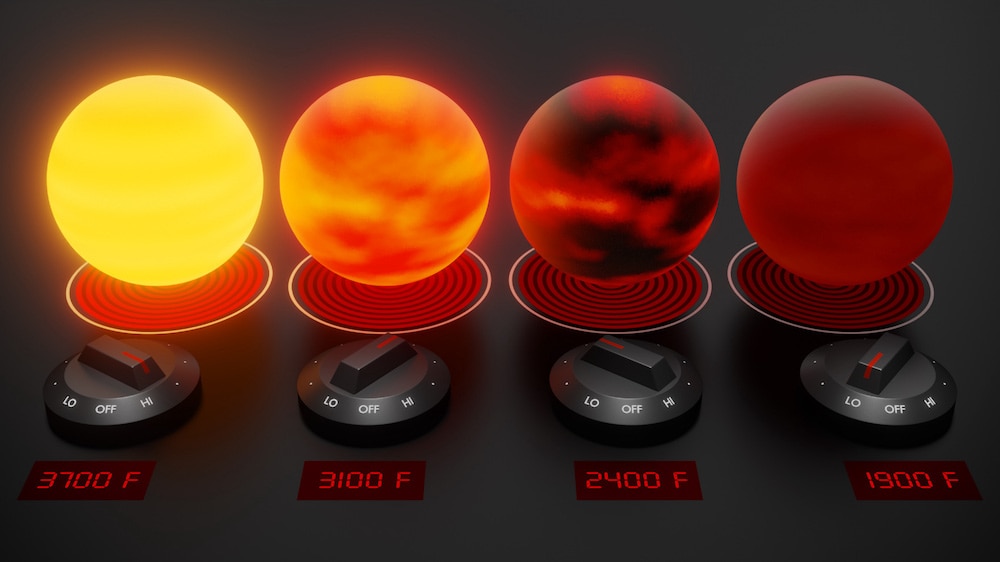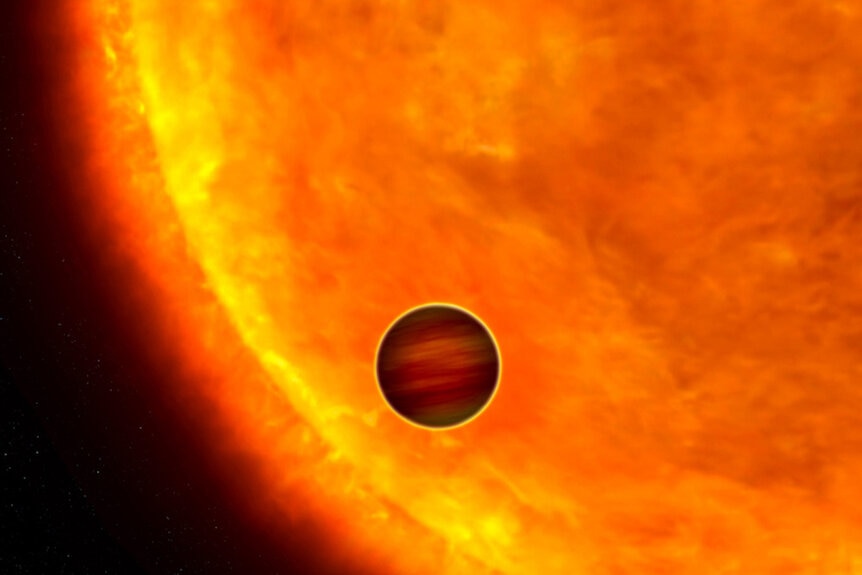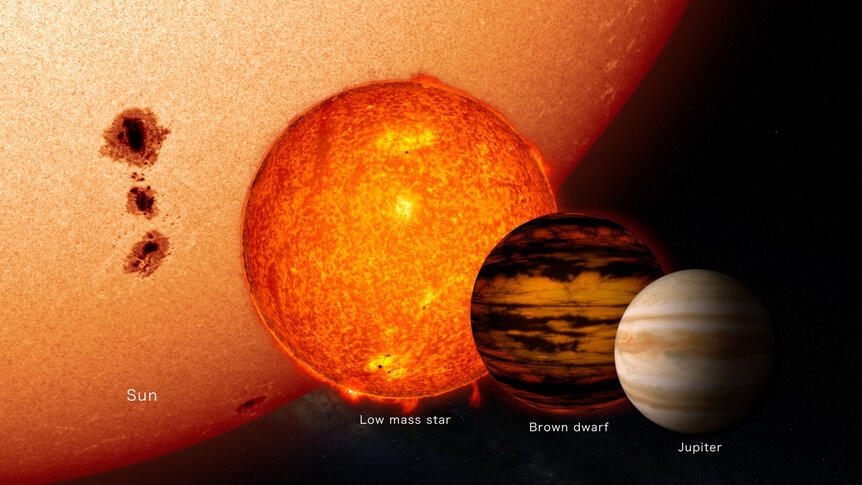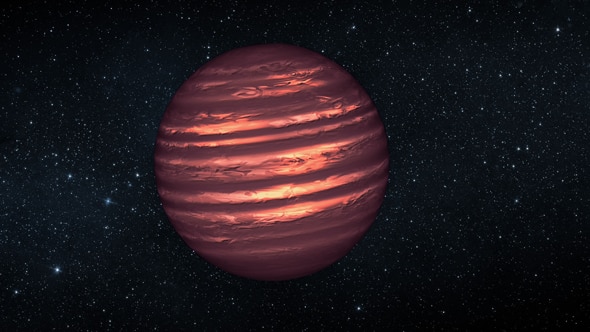Create a free profile to get unlimited access to exclusive videos, sweepstakes, and more!
Ah, another lovely summer day where the sky is filled with puffy clouds of molten rock
On some exoplanets, it’s raining rocks.

Where I live in Colorado it’s pretty dry; we get less than 35 centimeters of rain per year (the U.S. average is more like 100). But hey: At least it’s not raining molten rocks!
That cannot be said for a lot of exoplanets. These alien worlds orbiting other stars can have weather entirely unlike our own, and some that orbit very close to their host stars — so they’re hot — can literally have clouds made of tiny droplets of molten rock.
We know this because we’ve detected them. If we observe a star while an exoplanet is passing directly in front of it, an event called a transit, then some of the starlight passes through the planet’s upper atmosphere on its way to us. If we take a spectrum at that time, breaking the starlight up into hundreds or thousands of individual wavelengths, then we can detect what’s in the planet’s atmosphere.
Most planets have silicates in them, the minerals that make up rocks. If the planet is hot enough, those silicates are vaporized and rise up in the atmosphere. They cool, form teeny droplets, which then gather together to make clouds. If that sounds familiar, then yeah, that’s what happens on Earth with water. It’s the same idea, just with a lot more heat.
Silicate clouds absorb light at very specific colors in the infrared part of the spectrum, so when we look at the star’s spectrum we see less light in those colors, revealing the clouds’ presence.
This has been done for many exoplanets, but the problem has been understanding at just what temperatures this occurs. If the planet is too cool the silicates will condense and rain out and the clouds disappear. Conversely if it’s too hot the silicates remain vaporized and don’t form clouds. So there’s a range of temperatures where you’d expect to see these clouds.
What a team of astronomers did was see if they could locate those range limits [link to paper]. They looked at archived spectra taken by the Spitzer Space Telescope, which observed the sky in infrared light from 2003 to 2020. But they didn’t look at exoplanet atmospheric spectra, which are difficult to observe and therefore rare: Instead, they looked at brown dwarfs, objects more massive than planets but without enough mass to ignite sustained hydrogen fusion in their cores. These objects tend to be warm and emit infrared light, and are plentiful enough that Spitzer saw lots of them in the right temperature range. They also have atmospheres that are very similar to massive exoplanets, so work well as a stand-in.
They found 113 spectra in the Spitzer archives. Twelve belonged to what are called late M spectral type objects, which are either low-mass stars or young brown dwarfs still seething with the heat of their formation. Sixty-nine were cooler L-class, and the remaining 32 T-class, the coolest of the brown dwarfs.
Organizing the spectra by temperature, they found some interesting things. One is that silicate clouds first start showing up in objects L2 or later — cooler than about 1,690° C (3,070° F). Anything hotter than this and the silicates don’t condense to form clouds. They disappear in anything cooler than about L8 — 1,070° C (1,950° F), where the silicates rain out. These are rough, but are fairly decent indicators of the range that silicate clouds can form.
They also found that these clouds may not be seen at all across all the spectral types, so even where the temperatures are right for clouds, in some objects none is seen. It’s unclear why, but it could be due to weather, specific characteristics of the object, or something else. Not surprisingly, they also found the colors of these objects depend on the clouds, too; because the clouds absorb certain colors of infrared light, that changes the colors we see. That can be helpful in identifying these objects when spectra can’t be taken; just taking images through different filters could ID them.
Also, some brown dwarfs are variable, meaning their brightness changes over time. They found that on average, these kinds of brown dwarfs showed the strongest absorption from silicate clouds. They don’t go so far as to draw a physical conclusion from that, but it makes me think the clouds are patchy, and holes between them would allow light from deeper inside the brown dwarf to escape. As the object rotates we see different amounts of light from it. I’m guessing, but it seems logical.
All of this informs our understanding of hot exoplanets. These other worlds come in an amazing variety of flavors, from small rocky worlds around faint, small red dwarfs to huge gas giants with tens of times the mass of Jupiter orbiting stars hotter than the Sun. And everything in between, too; you can mix and match all sorts of situations for these planets. Understanding any of them leads to understanding all of them, just like studying wind patterns on Jupiter and the ice caps of Mars and cratering on Mercury and the moons of Saturn tell us more about how our own planet was born and changed with time.
Astronomers may spend their time looking up, but we do that so we can look within. Understanding ourselves is a key outcome of studying everything else in the Universe.






























